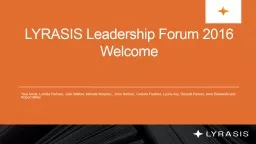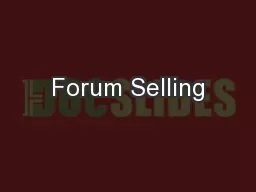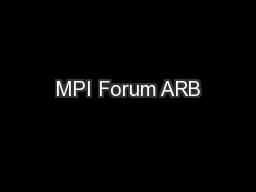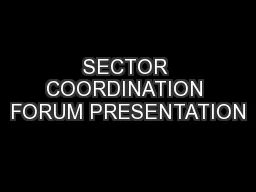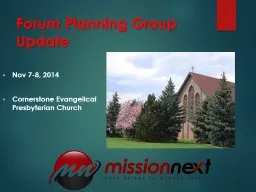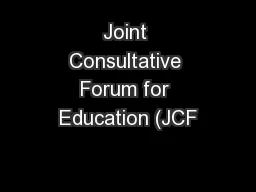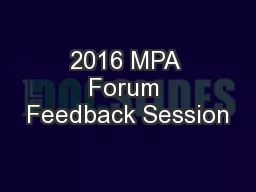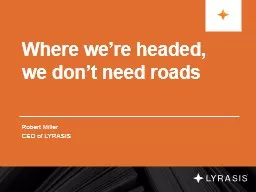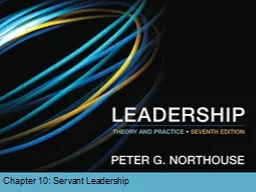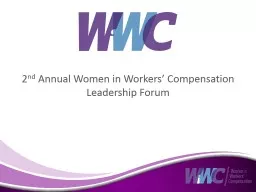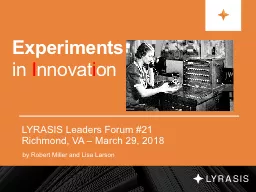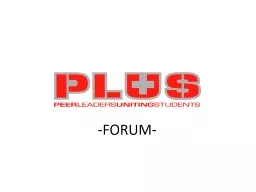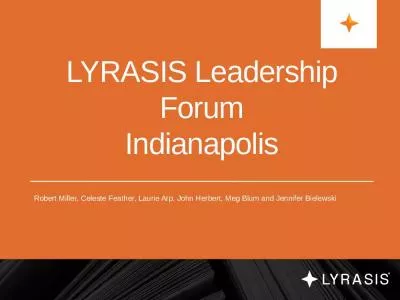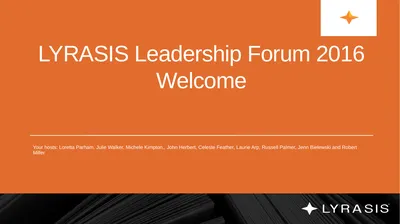PPT-LYRASIS Leadership Forum 2016
Author : myesha-ticknor | Published Date : 2017-03-16
Welcome Your hosts Loretta Parham Julie Walker Michele Kimpton John Herbert Celeste Feather Laurie Arp Russell Palmer Jenn Bielewski and Robert Miller eResources
Presentation Embed Code
Download Presentation
Download Presentation The PPT/PDF document "LYRASIS Leadership Forum 2016" is the property of its rightful owner. Permission is granted to download and print the materials on this website for personal, non-commercial use only, and to display it on your personal computer provided you do not modify the materials and that you retain all copyright notices contained in the materials. By downloading content from our website, you accept the terms of this agreement.
LYRASIS Leadership Forum 2016: Transcript
Download Rules Of Document
"LYRASIS Leadership Forum 2016"The content belongs to its owner. You may download and print it for personal use, without modification, and keep all copyright notices. By downloading, you agree to these terms.
Related Documents

